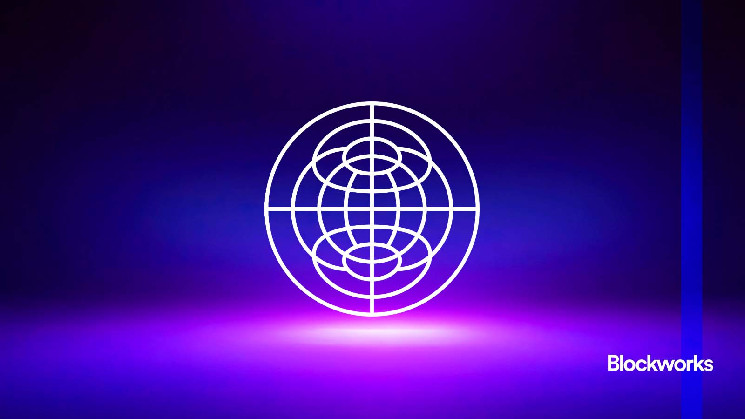
This is a segment from the 0xResearch newsletter. To read full editions, subscribe.
The ICF’s 2024 Cross-Chain Interoperability Report highlights the growth of cross-chain ecosystems, the role of key interoperability protocols and emerging trends shaping the future of decentralized networks.
As of October 2024 (the latest data the ICF included), total transaction volume across the top interoperability protocols exceeded $41 billion. Ethereum continues to dominate flows in nominal terms, leading both outflows (47.9%) and inflows (38.9%) across various blockchains.
The most active cross-chain route is from Ethereum to Arbitrum, the report notes, with a total volume of $10.7 billion. This underlines Ethereum’s central position in facilitating the movement of assets between networks.
Key protocols and emerging trends
There are several major players in the cross-chain interoperability space. The ICF tallied October’s total value locked (TVL) across 43 interoperability protocols at $8 billion.
In terms of connectivity, the Interchain’s home-grown Inter-Blockchain Communication (IBC) protocol has led the field by connecting 117 blockchains, though more recent protocols Hyperlane (at 120 chains) and LayerZero (connecting 114 chains) have caught up.
Circle’s CCTP established itself as the go-to for high volume cross-chain transactions, matching IBC for monthly active addresses upwards of $1.5 million.
A key trend identified in the report is the rise of intent-centric bridging protocols. These protocols, such as Stargate and Across, allow users to specify their desired outcomes (e.g., an asset transfer from one blockchain to another) without worrying about the underlying technical details of the transaction path.
“Intent-centric bridging protocols have emerged as the preferred method for quick and cheap cross-chain asset transfers,” the report explains, thus underscoring their growing importance in improving user experience and streamlining cross-chain operations.
Future innovation and challenges
The report also points to the increasing interest in zero-knowledge proofs (ZKPs) as a tool for enhancing scalability and security in blockchain interoperability. ZKPs allow for the verification of transactions across different networks without relying on third-party validators, thus reducing costs and improving efficiency. As ZKPs continue to develop, they are expected to play a significant role in the next phase of blockchain interoperability, helping to address some of the challenges faced by existing protocols.
Fragmentation remains a significant challenge across the space. As new networks proliferate, interoperability becomes more complex. While interoperability protocols have made strides, the sheer diversity of blockchain ecosystems — including different consensus mechanisms, data structures and security models — presents barriers to seamless integration, the report notes.
Despite the progress of solutions like IBC and LayerZero, there is still no universal bridge connecting all the top chains, particularly when it comes to communication between Ethereum rollup solutions and other ecosystems.
This lack of uniformity hinders scalability as protocols designed for specific networks may struggle to adapt to others. Without addressing these fragmentation issues, the promise of a fully interconnected blockchain ecosystem cannot be realized. As the industry evolves, finding ways to connect disparate ecosystems will be critical to unlock the full potential of dapps.
